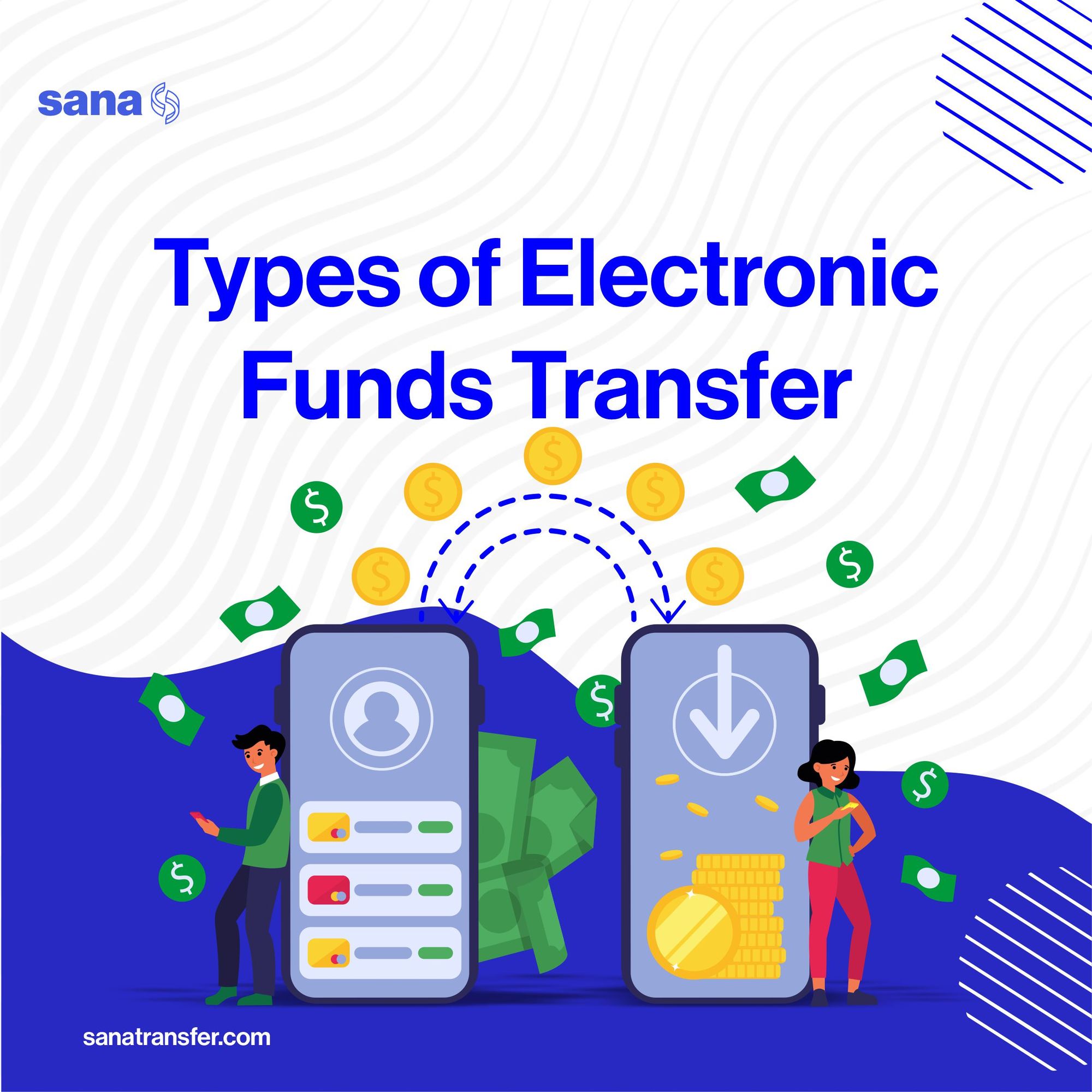Types of Electronic Funds Transfer (EFT)
Learn about the types of Electronic Funds Transfers (EFT), how they work and their respective advantages.

Every one of us has made EFT transactions in one way or another. We’ve all inserted, tapped, swiped, or entered our card details into a POS terminal to complete an EFT transaction. Besides this way, there are also other transactions that can be considered EFTs, as this umbrella term is not just restricted to POS transactions. Let’s take a peek at the different types of Electronic Funds Transfer (EFT) and how they work.
What is Electronic Funds Transfer (EFT)?
Before we talk about the types of electronic funds transfers, let’s discuss the meaning of EFT. EFT is short for ‘electronic funds transfer’ and is an umbrella term generally used to refer to any type of transaction that is processed electronically.
For instance, processing a credit or debit card payment is a good form of EFT. Also, shopping for products online can initiate an EFT payment. In fact, the digitization of commerce has made EFT payments to become extremely common today. Many people have reduced their need for physical cash by executing electronic funds transfers. It is very easy and convenient to initiate and the process itself is generally seamless.
How Does Electronic Funds Transfer (EFT) Work?
When initiating EFT transactions, you’re basically sending cash from one account to another bank account. The two accounts involved don’t even need to be domiciled in the same financial institution, credit union or bank. It can be done from any account to any account.
An EFT needs two participants to complete a transaction: the first person sends the funds, and the other person receives them. Generally, the sender has to provide some important details to their bank to execute the payment successfully. The details include the receiver’s bank name, valid account number, account type, as well as the routing number.
Basically, EFT payments are pretty fast, convenient, traceable, and straightforward. All the records of your transaction will be kept by your bank even if you don’t generate any physical receipt for the cash you transferred electronically. The digitization of payments is simply a blessing to mankind.
What Are The Types of Electronic Funds Transfers?
We’ve already stated that EFTs don't just involve POS terminal payments, as there are several other types of EFTs. Here is a list of the various types of electronic funds transfers that you use every day:
1. Credit and debit cards
Anytime you use your debit or credit card to pay for something, you’ve just completed an EFT transaction. This involves using your cards to purchase products in a physical store or online store. Although it may take a few days for the transaction to be finalized, once the funds are available in your account, they will be transferred to the other account instantly. You can also decide to generate a receipt for your transaction if you want to.
2. Wire transfers
Wire transfers are another popular form of EFTs, even if the sender may decide to deliver cash to their financial institution or wire transfer facility over the counter. They are a popular type of EFT mechanism that people use to move huge amounts of money without any hassle.
Essentially, the payment will be processed electronically, so wire transfers are still regarded as EFTs. Once the transfer is processed, it will be sent directly to the bank account of the recipient, who can be living anywhere in the world. To make instant global wire transfers, choose the SanaTransfer platform.
3. ATMs
Making use of an ATM is another form of ETF transaction, even if you are withdrawing cash from your account. This is because ATMs serve as an electronic link between you and your bank. It communicates with your bank to confirm if funds are available in your account before it disburses the cash.
4. Online payment systems
Using credit and debit cards to buy products in online stores or paying for invoices online are other good examples of EFTs. Essentially, online payment systems permit transactions to occur over a very secure connection. Hence, once a payment takes place online, it can be regarded as EFTs.
5. Direct deposit/bank transfer
You can use direct deposits/bank transfers to do many things. Many businesses allow their customers to pay invoices via direct deposit. Also, most employers today prefer to pay their employees via direct deposit. As for bank transfers, you can transfer money to your family and friends through your bank mobile app.
Although sometimes this payment may take 2-3 business days to be completed, they are generally a secure way to get the cash to the intended recipient.
6. Pay-by-phone systems
Although pay-by-phone systems are not as common as the other types of EFTs, some people still use them. This variety of EFT can be used to initiate the transfer of funds from one account to another or to cover essential bills. Usually, the system helps to translate the transfer request into something that a computer can understand and execute.
7. ACH payments
ACH transfers, short for Automated Clearing House transfers, is a prominent network that is used to move cash between different bank accounts in the US. Usually, the ACH credit and debit payments are sent and processed via the ACH network. This network is supervised by NACHA and managed partly by the Federal Reserve. It takes about 2-3 days for this to settle. All ACH payments are regarded as EFTs, but not all EFTs are considered ACH payments.
Recommended - ACH vs. Wire Transfers: What’s the Difference?
8. Electronic checks
Electronic checks, popularly called e-checks are another variety of EFTs. They operate almost like paper checks but without any paper involved. If you want to use e-checks, you have to enter your account number and routing number into any EFT payment service. This service will automatically process and complete your transaction.
Bottom Line
The bottom line is, any payment that is executed digitally can be considered an electronic funds transfer. There are eight different types of electronic transfers currently available for you to use and wire transfers are arguably the most popular EFTs.
Essentially, this type of payment gained recognition quickly because it can be used to transfer funds domestically and internationally (globally). Check out the SanaTransfer platform if you want to send money from Canada to any part of the world.
